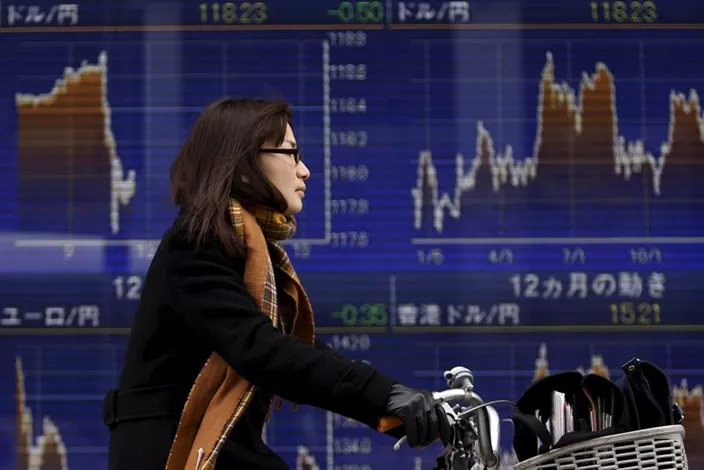Asian stocks rebounded on Thursday, fueled by optimism surrounding U.S. tariff negotiations. Investors focused on key events, including the Bank of Korea’s interest rate decision, Japan’s trade data, and Australia’s jobs report.
In corporate news, all eyes were on Taiwan Semiconductor Manufacturing Co. (TSMC) as investors awaited its first-quarter earnings report to assess the health of the semiconductor industry.
Meanwhile, major U.S. stock indexes closed sharply lower on Wednesday, but futures tied to these benchmarks rose during Thursday’s Asian trading.
U.S. and Japan Begin Tariff Negotiations; China Open to Talks
U.S. President Donald Trump reported “big progress” in a meeting with a Japanese trade delegation in Washington on Wednesday, marking the start of official negotiations to resolve tensions over U.S. tariffs.
The talks signal an effort toward a bilateral trade agreement, as concerns grow about the economic impact of U.S. tariffs. Additionally, a Bloomberg report revealed that China is open to talks with the Trump administration, but it seeks more respect from the White House.
These developments eased some investor concerns, though uncertainty remains.
Japan’s Nikkei 225 led gains with a 1.1% rise, while the broader TOPIX index gained 1%. Australia’s S&P/ASX 200 rose 0.5%, and Singapore’s Straits Times Index saw a 0.6% increase. China’s Shanghai Composite edged up by 0.2%, while the Shanghai Shenzhen CSI 300 remained largely flat. Hong Kong’s Hang Seng surged by 1.7%, while India’s Nifty 50 opened 0.4% lower.
Bank of Korea Holds Rates; KOSPI Advances
The Bank of Korea (BOK) kept its benchmark interest rate steady at 2.75% on Thursday, as expected. This cautious approach comes amid rising global trade tensions. The central bank hinted at the possibility of a rate cut as early as May in response to growing economic risks from U.S. tariffs.
South Korea’s KOSPI gained 0.7%, aligning with broader market trends across Asia.
Japan’s Exports Rise; Australia’s Job Market Recovers
Japan’s exports increased for the sixth consecutive month in March, driven by companies rushing to ship goods before the imposition of potential U.S. tariffs announced in early April. Exports rose by 3.9% year-on-year, although this was below the 4.5% forecast and a slowdown from February’s 11.4% growth.
Meanwhile, Australia’s labor market showed resilience, with employment rising by 32,200 in March after a sharp decline of 52,800 in February. The unemployment rate rose slightly to 4.1% from 4.0% in February, but it remained below the expected 4.2% increase.
Related Topics:


